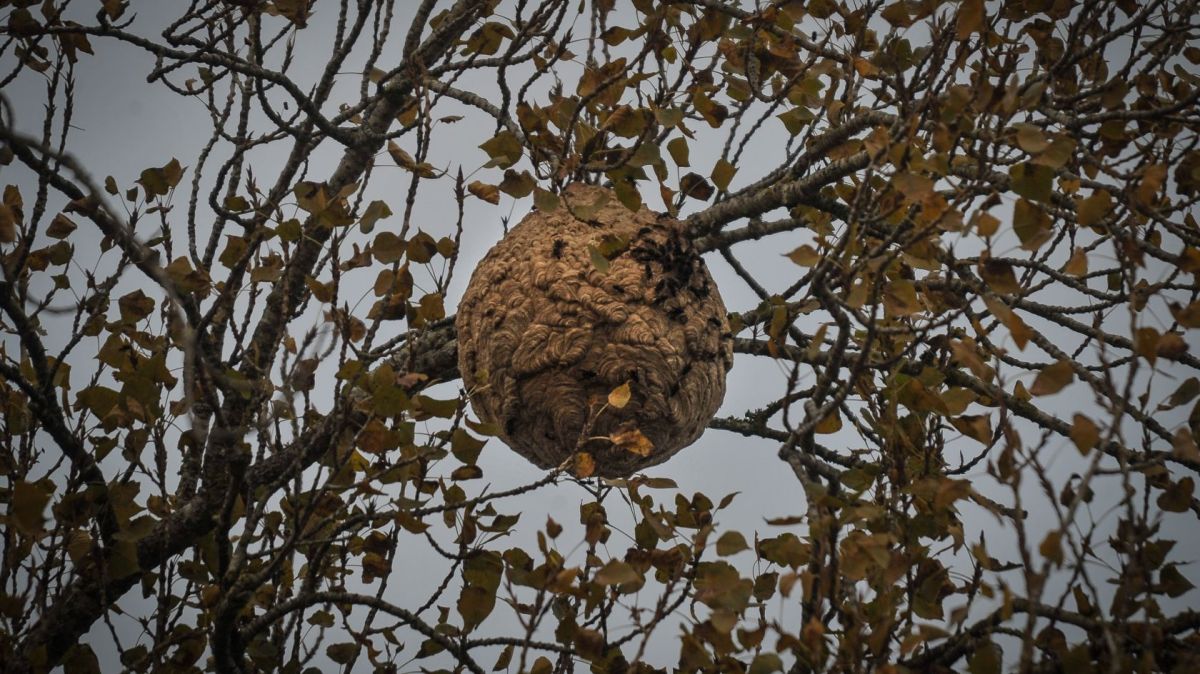The first national project named ‘Coral Maternity’, which aims to reproduce more than 15 species of corals at risk of extinction and contribute to the conservation of these organisms on a global scale, is being developed within the scope of the SEA LIFE Trust foundation’s endangered species breeding programs. The critical role that corals, in particular, play in maintaining the equilibrium of the oceans and the earth is intimately related to the ‘Coral Maternity’ initiative. This project emphasises the mission of the aquarium to safeguard marine life on a local, national, and now even international scale during the course of its fifteen years of operation.
Though they make up less than 0.1% of the seabed, coral reefs - which are made up of animals from the class Anthozoa of the phylum Cnidariaa - are home to about 25% of all marine species. These structures have been directly and indirectly jeopardised by human activity, which has detrimental effects on the environment, the economy, and society. Over 60% of corals worldwide will have been impacted by the second mass coral bleaching event that was seen in 2023 which was brought on by a record rise in ocean temperatures, according to the US Agency for the Ocean and Atmosphere.

As stated by Rui Ferreira, Director of SEA LIFE Porto, “SEA LIFE Porto's Coral Maternity is an innovative project that has a double vocation: on the one hand, to reinforce the urgency of preserving these organisms among our visitors, in a very close and interactive, and, on the other, actively contribute to its reproduction and consequent conservation, at a global level. Since 2009, we have been gradually training small and large ocean ambassadors, and today, exactly 15 years after our foundation, we take another important step within the scope of this mission, from Portugal to the world”.
Public access to the SEA LIFE Porto ‘Coral Maternity’ will be available in the "Shipwreck" (Navio Naufragado) area, where visitors can learn more about the significance of the coral and track its global journey while closely observing the growth of small specimens of numerous species, including Acropora, Lobophytum, Palythoa, Rhodactis, and Sinularia.
With over 3,000 animals from 100 species living in 33 tanks and exhibition areas, SEA LIFE Porto supports a variety of events, including free daily meals and talks, educational projects, thematic events, and environmental awareness campaigns. Over 3.5 million people have visited the aquarium since it opened to the public on 15 June 2009.
















